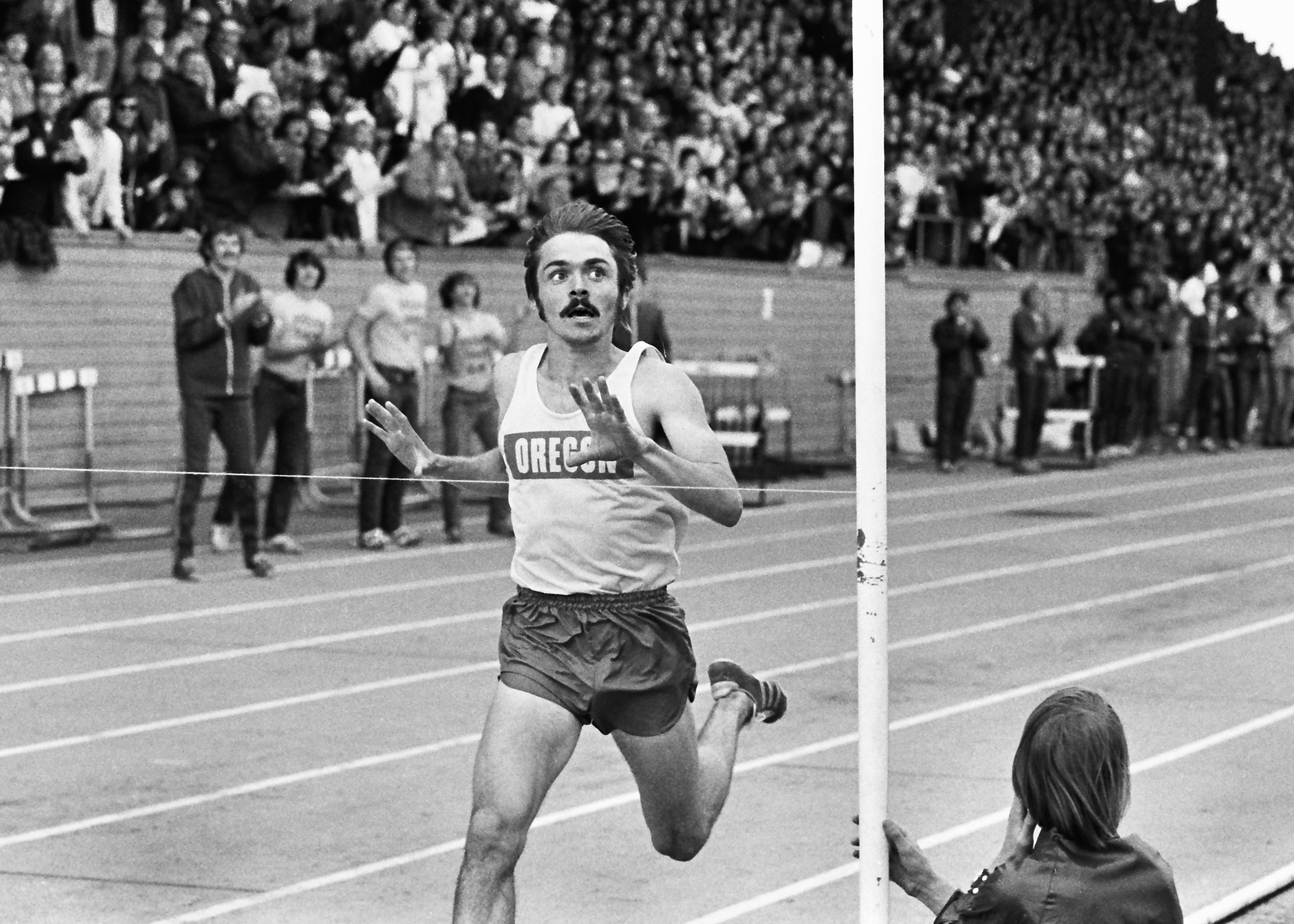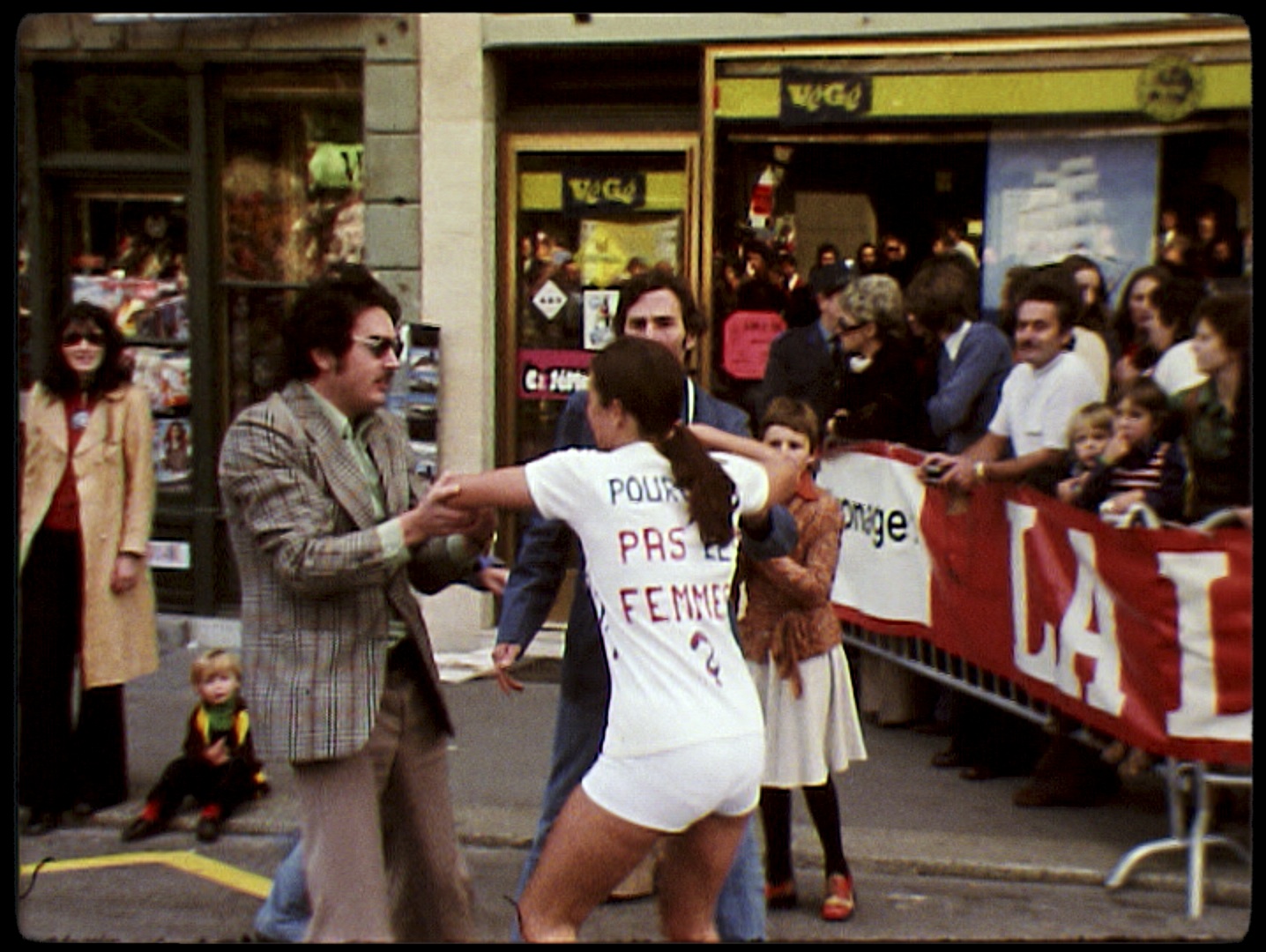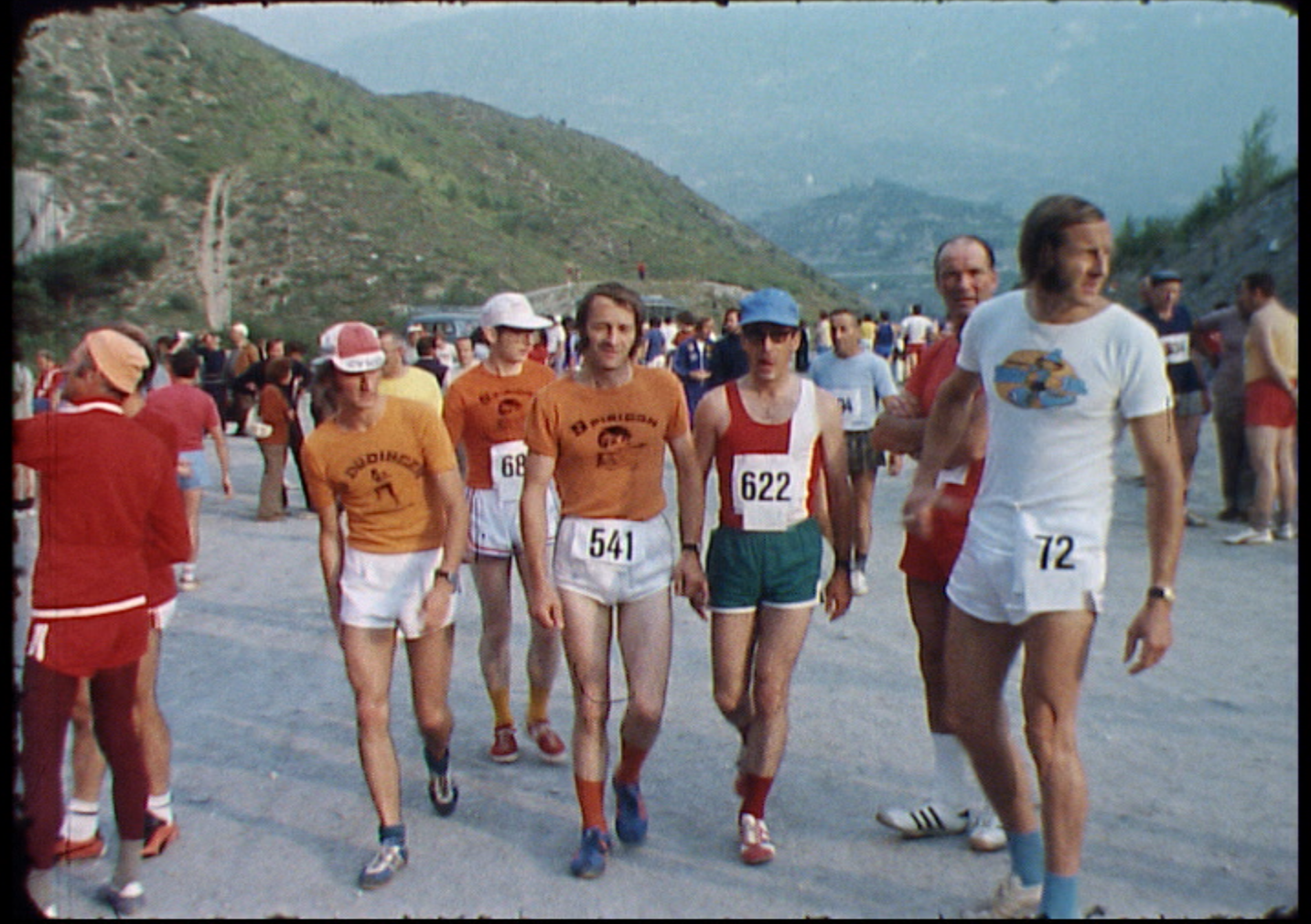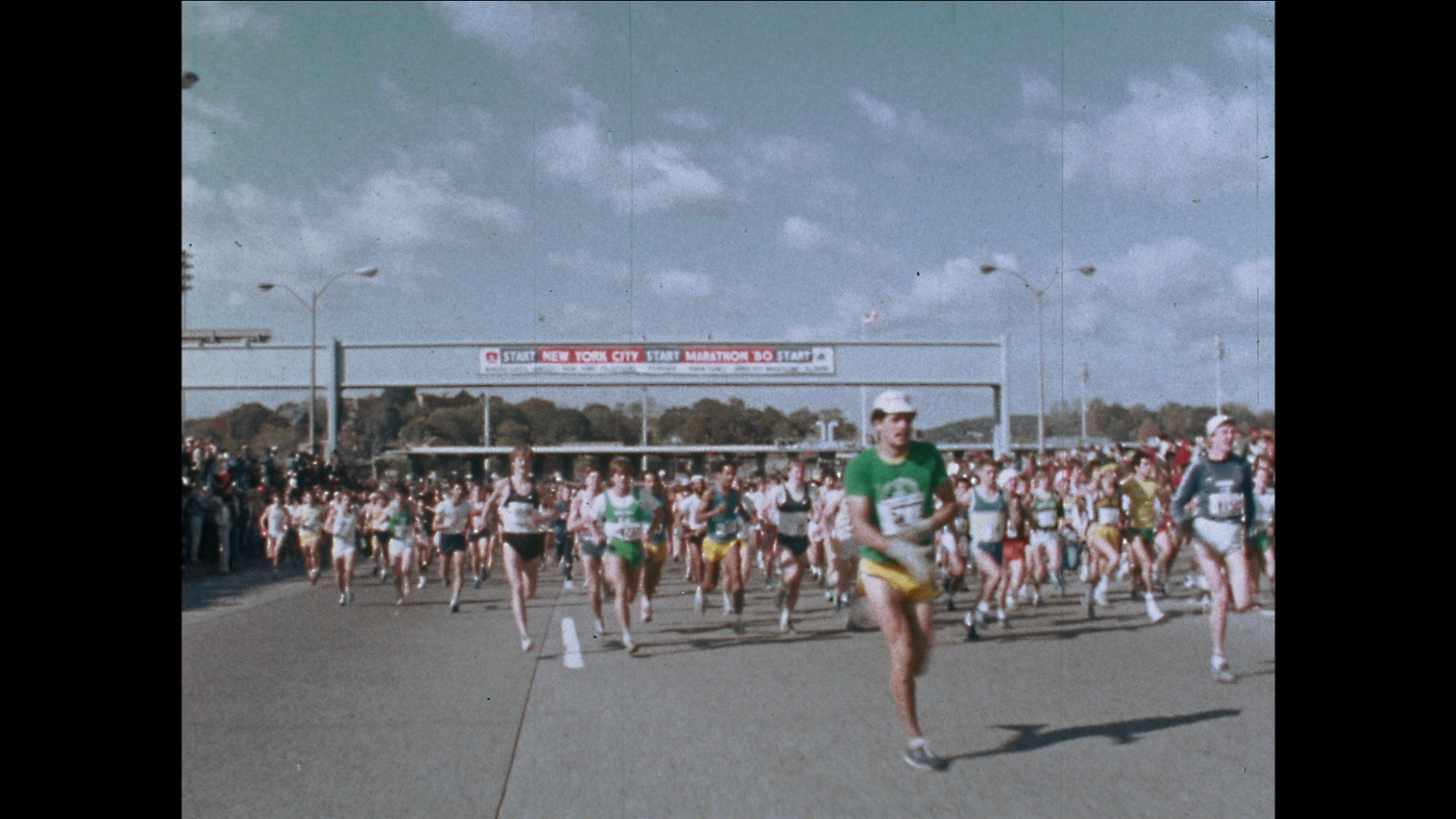Free to Run
Pierre Morath
- France, Switzerland
- 2016
- 100min
- DCP
- color
Korean Premiere
Synopsis
Free to Run tells the amazing story of the running movement over the past five decades and the innovators who brought the world of running to where it is today. The film examines the idealistic beginnings of jogging in the early 1960’s, the struggle for the right to run—especially for women—against conservative Track and Field Federations, the explosion of grass roots road races and marathons in the 70s and 80s, the boom of running as a vast business enterprise.
Review
Director
-
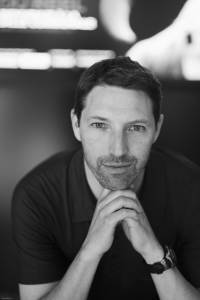
Pierre Morath
Chronique d'une mort oubliée (2012)Togo (2008)
Credit
- ProducerFabrice Esteve
- Cinematography Thomas queille
- Editor Thomas queille
- Music Kevin queille
Contribution & Wolrd Sales
Contribution & Wolrd Sales Jour2Fête
Phone 33 1 7543 2682
E-mail clemence.michalon@jour2fete.com
